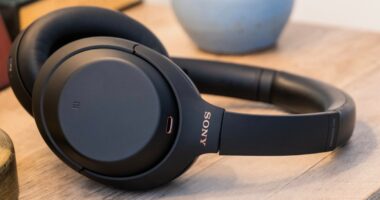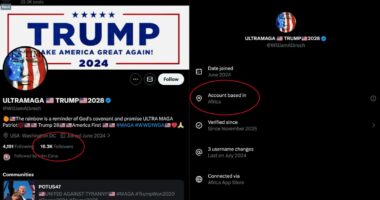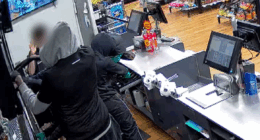Share this @internewscast.com
About a year after introducing its Find My Device location tracking network, Google is enhancing it with ultra wideband (UWB) support. This addition aims to provide more precise tracking for phones and compatible trackers. Google is also rebranding the network and its Android app as Find Hub.
Google announced that UWB functionality will be activated “later this month.” UWB offers more accurate short-range tracking compared to Bluetooth, as it allows tracking both distance and direction, enabling quicker location of a misplaced tracker when nearby. Since 2021, this technology has been incorporated into Apple’s AirTag and Samsung’s SmartTags. Tile remains the only significant tracking network without a UWB option, as its UWB-capable Tile Ultra, announced in 2021, has yet to be released.
This update will particularly please Motorola, which introduced its Moto Tag in June 2024, emphasizing UWB support—a feature that has been dormant until now.
The downside of UWB is that it requires compatibility from both trackers and phones. While all of Apple’s modern iPhones apart from the affordable-ish 16E support UWB, support on the Android side is spottier. Some Pixel and Galaxy flagships include UWB chips, but not all of them, though at least the new Galaxy S25 Edge does make the cut. Despite producing the Moto Tag, even Motorola only included the tech in a single phone, the Edge 50 Ultra, which never launched in the US.
Alongside the launch of UWB, Google is rebranding its network and app to Find Hub. That’s likely both to differentiate it from Apple’s network — even I still get Find My and Find My Device confused with one another — and to reflect Google’s recent inclusion of a “People” tab in the app for tracking contacts who’ve agreed to share their location with you.
Google also announced that Find Hub will incorporate satellite connectivity “later this year,” though wouldn’t comment on the specific satellite features it’s bringing to the app. Google’s Pixel 9 phones already include a Satellite SOS mode for emergency communications outside of cellular service. Early next year you’ll also be able to share trackers’ locations with airline staff.
Find My Device has long lagged behind Apple’s equivalent, arriving later with less accurate tracking and no UWB support. I spent several weeks testing trackers across the network last month and found that it had improved substantially since a rocky launch, but marked the lack of UWB as one thing still holding it back. Today’s update is a step in the right direction.









